Sneaky Home Improvements: 8 Ways To Sound-Proof Your Home

Sounds which come from, practically, anywhere are a big and unpleasant distraction. It will probably become a huge setback when you want to enjoy your rest and there’s a strong sound blast from the living room or your neighbour’ s home. Moving out would be a very radical decision, so what you can do is sound-proof your home. If you’re sure of your handyman abilities, here’s how to accomplish the laborious task on your own.
1. Choose The Materials Carefully
The first task of many you’ll have to accomplish is to categorise the strength of the noise. This step is essential to the “tool” you will later use to protect your home. Some of the most common irritating sounds like night city noises, loud music indoors, crying kiddos and similar vary from 45 dB to 115 dB.
Respectively, materials used for the procedure in question are made in accordance with the kind of sounds.
The main factor which will help you choose de-buzz your dwelling is STC (Sound Transmission Class). The higher the STC of the product, the better it will insulate your home.
2. Don’t Let The Noise Escape
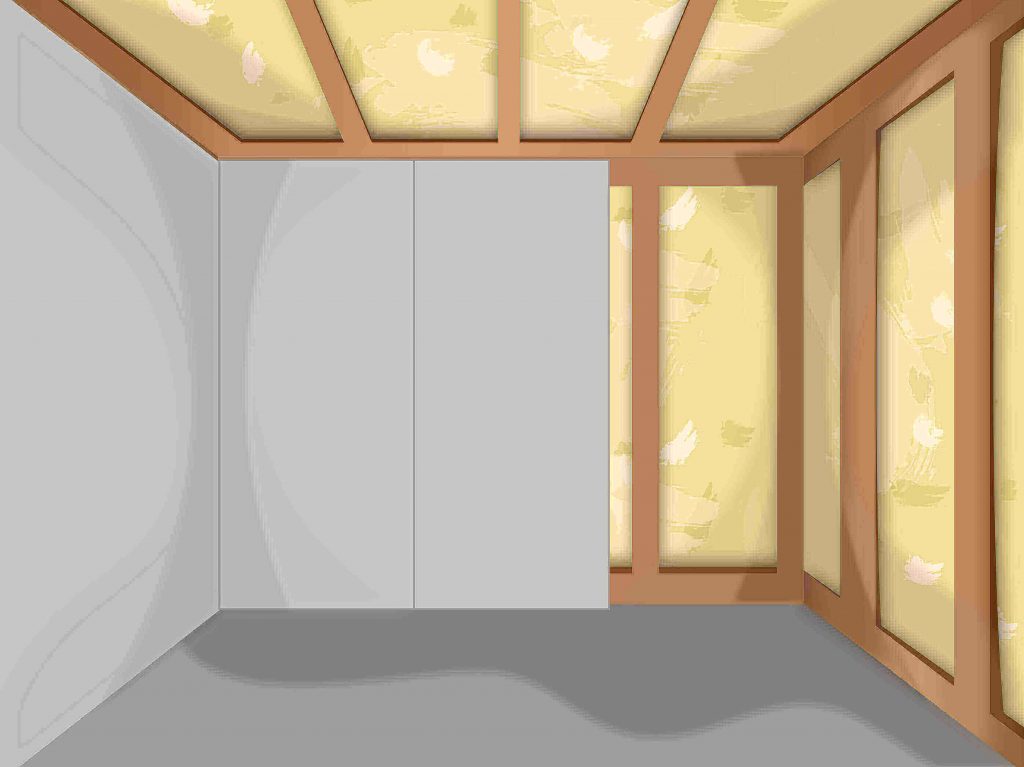 If you’ve decided to create a rehearsal room for your kid’s band, insulate the room from the inside to keep the noise away from the rest of the home. In this case, the best material you can use is polyurethane foam.
If you’ve decided to create a rehearsal room for your kid’s band, insulate the room from the inside to keep the noise away from the rest of the home. In this case, the best material you can use is polyurethane foam.
If you’d like to stop the loud music, your kid’s rock band will produce, latex sound insulation.
3. Green Sound-proof Ceiling
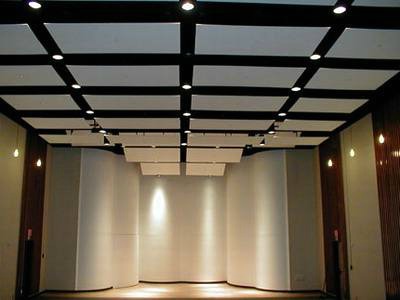
If you’re more about the use of eco-friendly materials, experts advise using custom-cut sheetrock and a pack of Green Glue. Another approach to the matter suggests a little more improved version. Use a few wood panels, Green Glue and custom-cut sheetrock.
By all means, make sure the ceiling can withstand and support the weight from the sheetrock so it doesn’t collapse on your head.
4. Use Foam

Image Source: commons.wikimedia.org
Another alternative you can make use of is insulation foam. Place it on the ceiling and cover it in neutral fabric or create a gap above the old one with a new one. Thus you’ll be able to fill it with insulation foam and create a thick sound-proof layer.
5. Insulate The Floors
If you’d like to insulate the rooms at home, it would be best to do it via high-density vinyl flooring. It will significantly decrease the impact of the noise, especially, if the building you live in is old.
There are different types of vinyl insulation which will deal with different types of noise and namely airborne or impact noises. In that case, it would be better to consult with an expert in order to use the proper material.
6. “Equip” The Doors
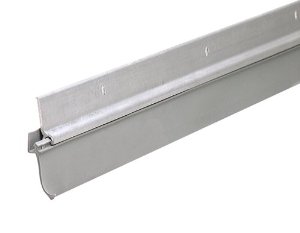
Upholster the problematic door with thick insulating fabric. Another alternative is to attach a door sweep. First, take a torch, close the door and place it in the place where the door and the doorstep meet. If there is any “cavity”, this means air and, respectively, the sound will be able to “sneak in” your room.
After you’ve affixed it on the door, check again using the same method.
7. Shared Rooms
To isolate spaces like these, you can use three options.
1) Room Divider
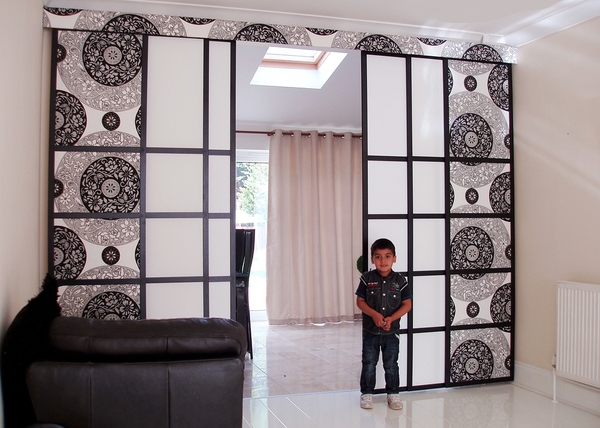
Buy and assemble a fabric room divider. One disadvantage would be that it might give your room a more, so to say, corporate look.
2) Curtains
Thus you’ll have a “softer” sound insulator. It will be both useful and stylish if the space you live in is small. This will not shrink the space and will add a stylish accent in the room.
3) Sliding doors
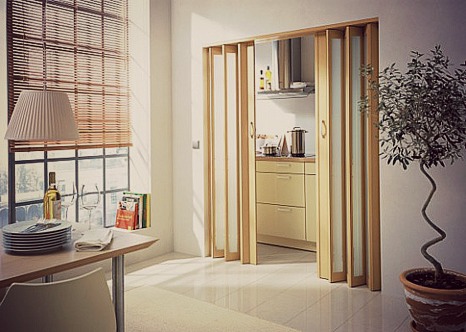
They will definitely divide the room into parts, but the best about this idea is they will be both effective and elegant.
A DIY project like this one is a mixed blessing, especially, if you don’t know what you’re up against. In cases like these, you can book expert teams to do it instead of you. They’ll offer quick, flawless results at a minimal cost. Whatever you choose to do, bear in mind that the very essence of sound-proofing is to capture the air that helps annoying sounds invade your home.
8. Acoustic-proof sound-absorbing wallpapers
Another viable option is the use of acoustic-proof sound-absorbing wallpapers to block and insulate from noise pollution. By using such products you can disrupt incoming sound waves and thus dampen the effect of construction sites, busy roads, cats meowing, music or any other unpleasant vibration.
The way sound deadening wallpapers work by utilising the sound-absorbing effect of layering. Some acoustic wallpapers can have an extra layer of insulation to further break up noise pollution.

You are a very clever individual!
Very interesting details you have noted, thank you for posting.